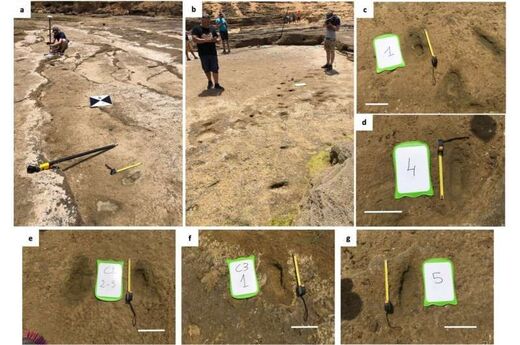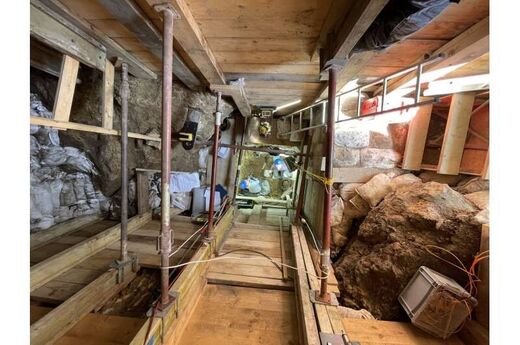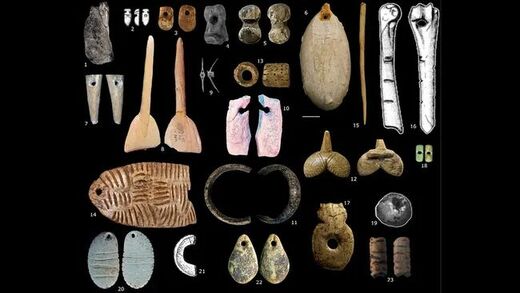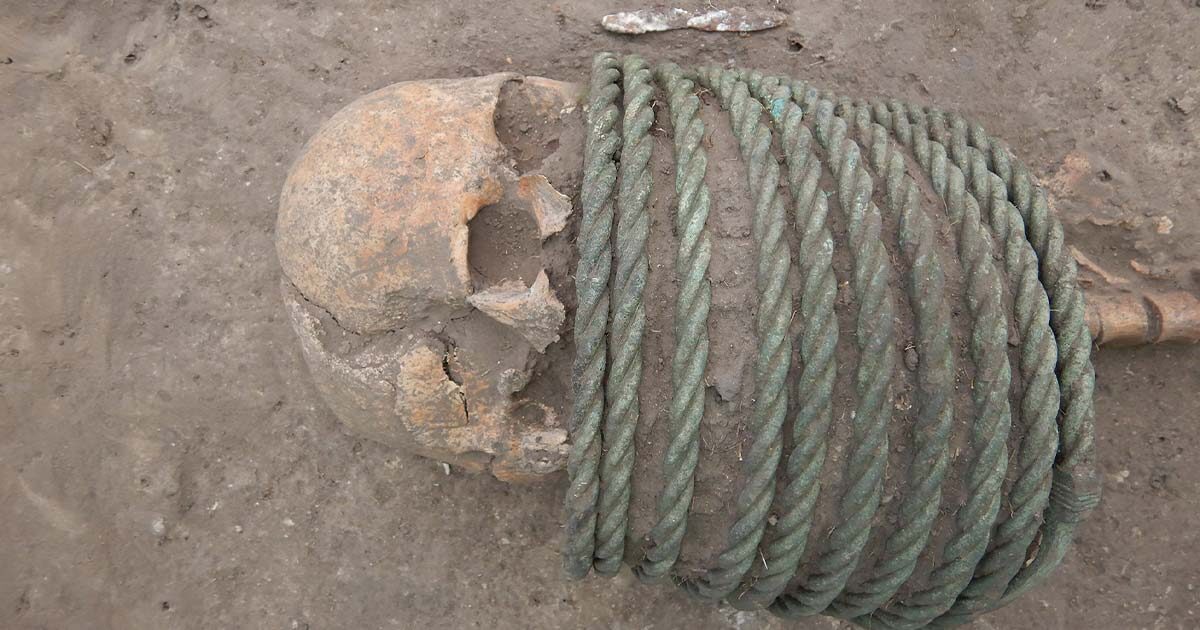
© Guillén Pérez/CC by-ND 2.0The tomb of Phillip II at Aigai.
The identities of the occupants of the unspoiled 4th-century BCE Royal Tombs at Vergina in northern Greece have been identified. The burials contain the
remains of Alexander's father, stepmother, half-siblings, and son, along with armor and other items belonging to the man himself.While there is never been any doubt that the human skeletal remains found in Royal Tombs I, II, and III belong to close
relatives of Alexander, scholars have spent almost half a century bickering over who exactly lies within each grave.
The researchers examined the skeletal elements with the aid of macrophotography, radiographs, and anatomical dissection. The study authors combined osteological analyses, macro photography, X-rays, and anatomical dissections of the ancient remains with historical sources from the ancient past.
A knee fusion was found in the male skeleton of Tomb I consistent with the historic evidence of the lameness of King Philip II. Researchers also discovered that Tomb I contained the bones of a man with an injured knee, as well as a woman and a baby, who was just days or weeks old at the time of death.
They conclude that the male figure was Alexander the Great's father, King Philip II of Macedon, who was known to limp. The infant's extremely young age is also consistent with the story of Philip's assassination in 336 BCE.
According to most sources, Philip II was assassinated by his bodyguard only a few days after his wife Cleopatra gave birth. The murder is thought to have been ordered by Philip's previous wife, Olympias, the mother of
Alexander the Great. Almost immediately after the assassination, Olympias killed Cleopatra and her baby, possibly by burning them alive, paving the way for Alexander to succeed to the throne.













Comment: Findings bringing into question the Out of Africa theory abound of late: Neanderthals and humans lived side by side in Northern Europe 45,000 years ago, genetic analysis finds